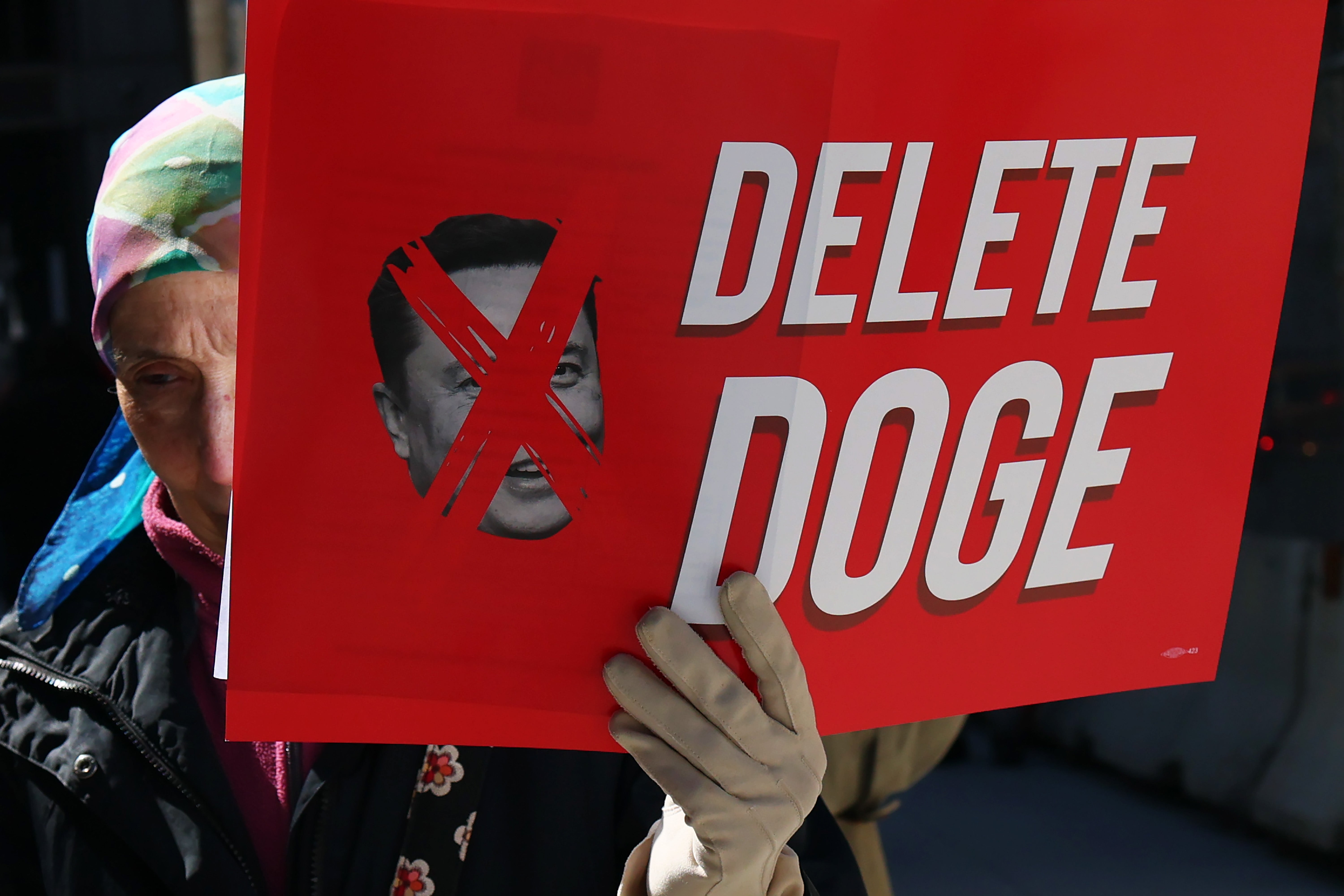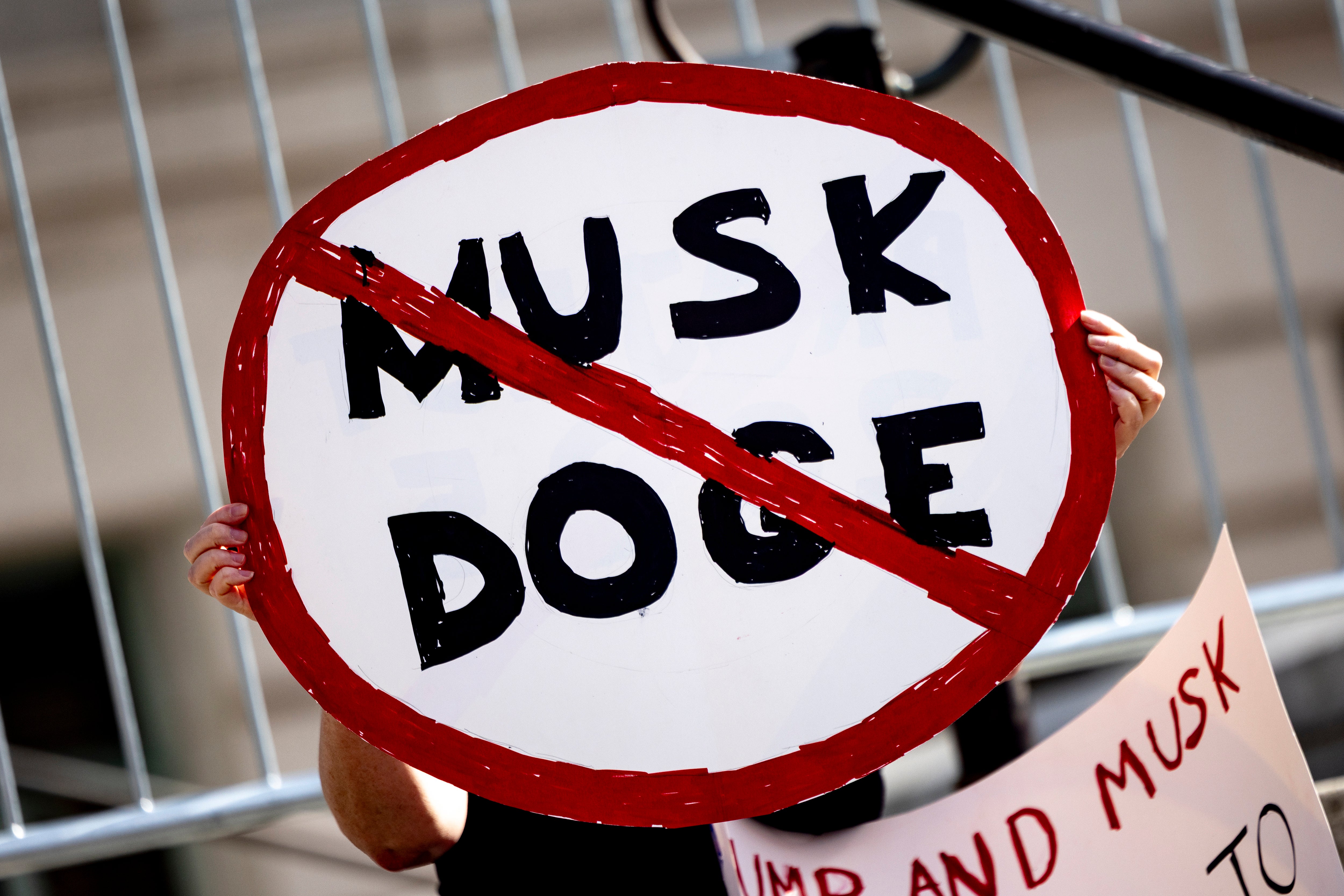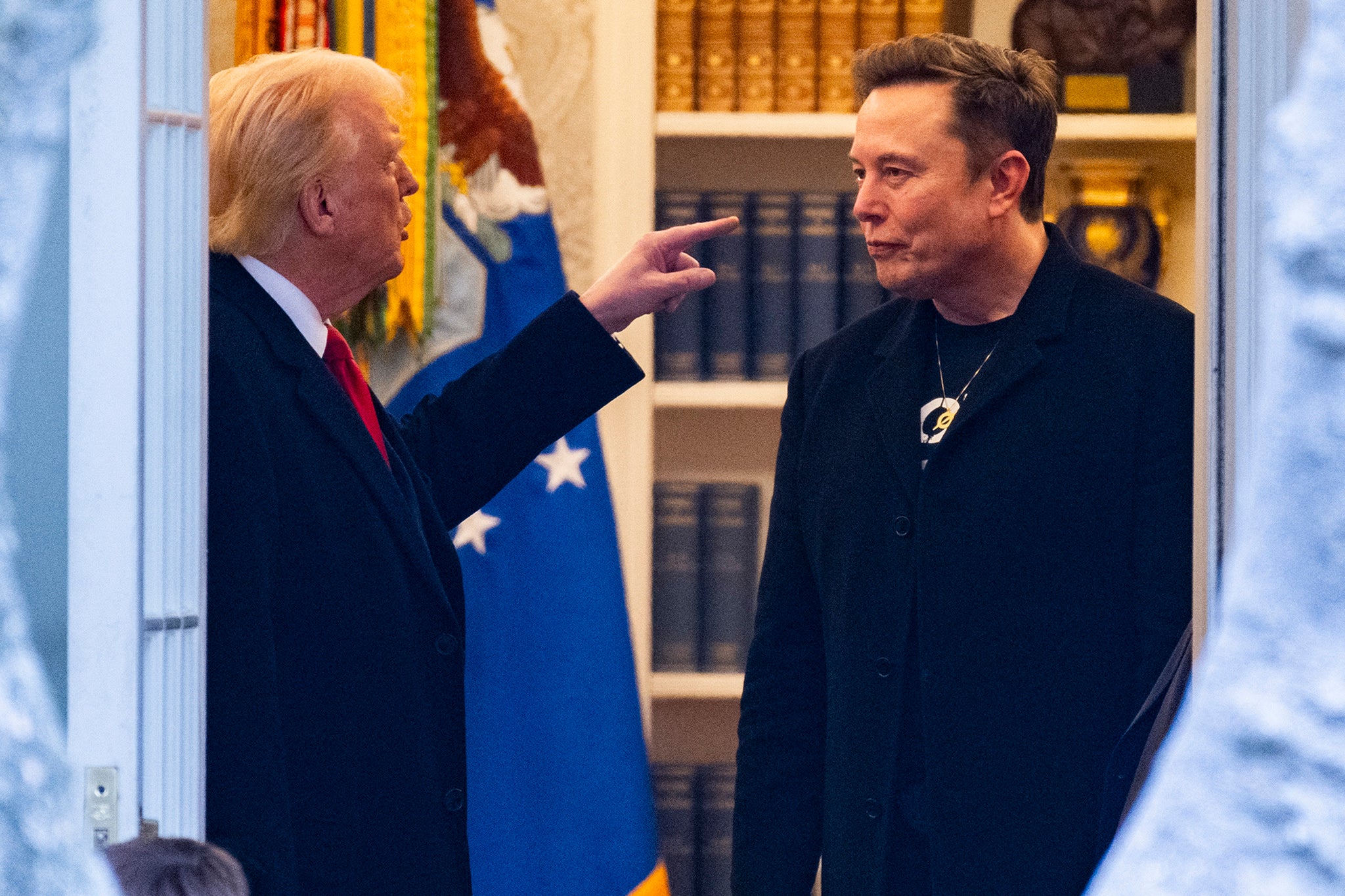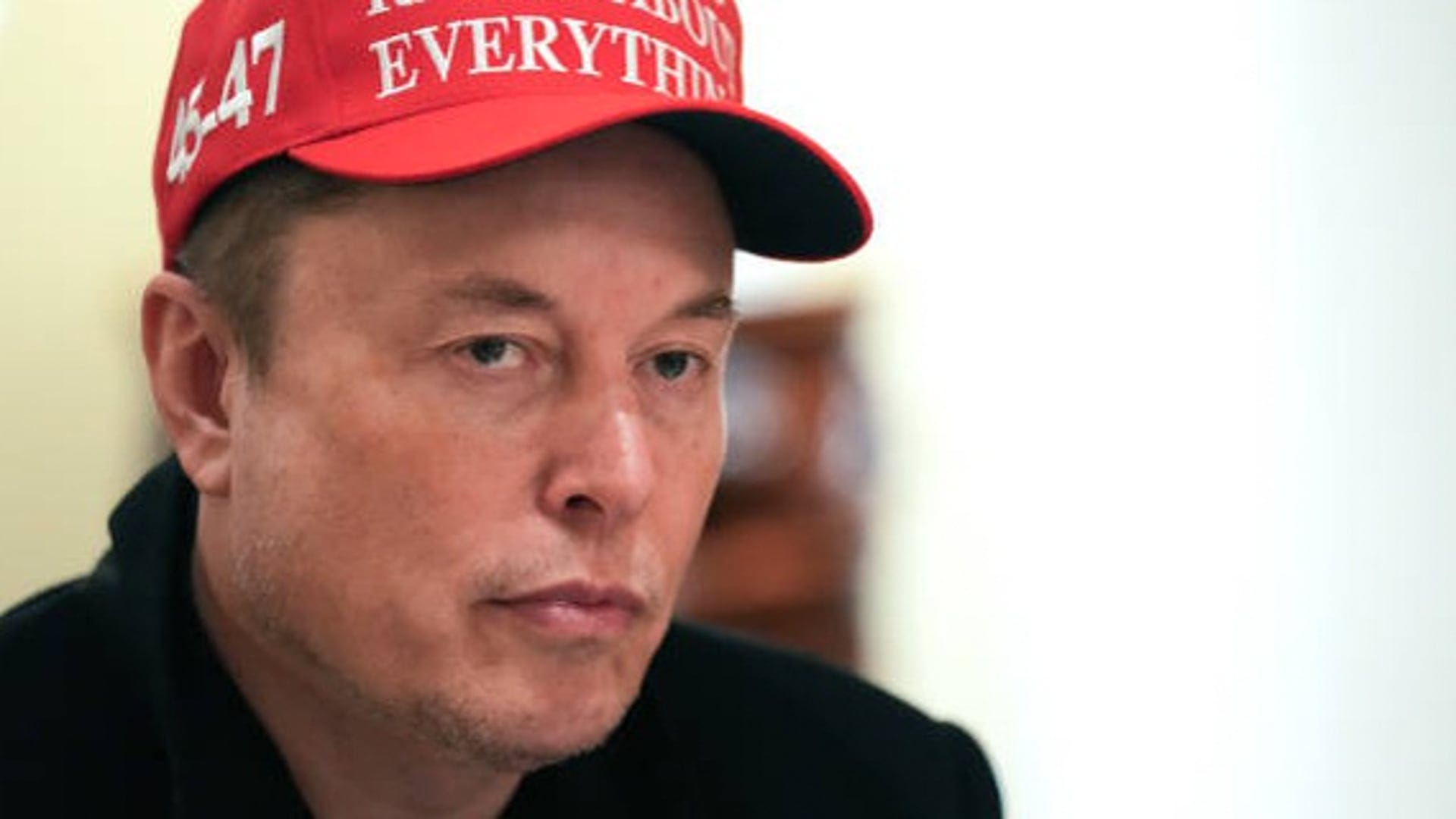What was first sold to the American people as a cost-cutting mission to “eliminate waste” and save taxpayer money, Elon Musk’s Department of Government Efficiency has morphed into seeking immigration data, experts and campaigners say.
Musk’s so-called DOGE group has moved at breakneck speed since the billionaire first mused about it in August 2024, shortly after endorsing Donald Trump for president.
“I think it would be great to just have a government efficiency commission,” Musk pitched to Trump during the conversation on X Spaces last summer. Its aim, he said, would be to ensure taxpayer money is spent “in a good way.”
“And I’d be happy to help out on such a commission,” Musk offered.
Since then, DOGE has overseen some of the 280,000 layoffs across 27 government agencies and pursued immigration-related data across departments, including Housing and Urban Development, the Internal Revenue Service and the Social Security Administration.
Its latest data mining conquest is the Justice Department, where DOGE officials have accessed a sensitive system containing detailed information about immigrants’ interactions with the U.S. government.

The system, the Executive Office for Immigration Review’s Courts and Appeals System, contains records dating to at least the 1990s on millions of legal and undocumented immigrants, including addresses, case histories, court testimony and confidential interviews from asylum seekers, the Washington Post first reported.
“The initial mission, as stated, was to cut waste and eliminate fraud and abuse,” Lisa Gilbert, co-president of consumer rights group Public Citizen, which is involved in several lawsuits against the Trump administration, told The Independent. “And very quickly it became clear that that was not their goal.”
“I don’t think anyone could have predicted the pace and destructive nature of Elon Musk–helmed, conflict-ridden, tech-bro-filled, density storming into the federal government,” Gibert added. “It’s been unprecedented and hugely damaging, and it will take a long time for the government to recover.”
Musk’s team is using the highly sensitive data it has gathered to build a “master database” at the Department of Homeland Security that could be used to “track and surveil” undocumented immigrants, WIRED reported last week.
Data sharing between government agencies is nothing new, but it has been limited to specific purposes. “DHS has had access to certain components of Department of Justice information through an interagency scheduling tool, which allowed border agents to pull court dates to put on charging documents, or evidence for deportation proceedings,” Kathleen Bush-Joseph, policy analyst at the Migration Policy Institute, explained.
“What seems to be new, if reporting is accurate, is [DOGE’s] access to information contained in the actual case files,” she told The Independent. Bush-Joseph emphasized the incredibly sensitive nature of the files, which in some cases will contain information to do with “terrible violence and persecution” that some immigrants have suffered.

“The opaqueness of DOGE’s data efforts should give Americans pause because it is not simply about creating efficiency,” global security and cyber expert Nicholas Reese, an adjunct instructor at NYU’s School of Professional Studies Center for Global Affairs, added. “It is also about security and building trust because this is not nameless and faceless data.”
The Justice Department declined to comment when approached by The Independent. The White House and the Department of Homeland Security were also contacted for comment.
Gerald Connolly, ranking Democratic member of the House Oversight Committee, wrote to the Social Security Administration’s office of the inspector general last week about a whistleblower who told them that DOGE is building the “master database,” consisting of sensitive data.
The Committee “received reports about troubling, fumbling efforts by DOGE to combine sensitive information held by SSA, the IRS, HHS, and other agencies into a single cross-agency master database,” Connolly’s letter said. “I am concerned that DOGE is moving personal information across agencies without the notification required under the Privacy Act or related laws, such that the American people are wholly unaware their data is being manipulated in this way.”
A senior Homeland Security official, meanwhile, told WIRED that DOGE is “trying to amass a huge amount of data” and “it has nothing to do with finding fraud or wasteful spending.”
Connolly told The Independent that the way in which DOGE is operating, particularly with accessing immigration data, is deeply “alarming.”

“The Trump-Musk Administration is infiltrating agencies and weaponizing the information they steal to target and attack America’s immigrant communities,” Connolly said. “DOGE’s dystopian demand for the sensitive, personal data of millions of Americans and immigrants is alarming, especially as this Administration abducts and disappears people off our streets without due process — including immigrants with legal status — and in light of President Trump’s chilling admission that he plans to target American citizens, or ‘home growns,’ next.”
Gabe Lezra, policy and advocacy director at State Democracy Defenders Action, told The Independent that what’s happening “should horrify every American.”
“The Trump–Musk regime sold DOGE to the American people as a way to cut costs and streamline government. What they actually created was Big Brother,” Lezra said. “This isn’t just about giving bad actors in our own government access to deeply personal data – like your party registration, charitable givings, medical history, citizenship status, and financial records. It’s also because we cannot have confidence that DOGE can keep this database safe–particularly because malicious foreign actors will immediately make this database their number one target,” he added.
DOGE claims it has saved American taxpayers $160 billion so far, but figures on its website has been dogged by mistakes. Chaos has followed the newly-formed team headed by Musk as DOGE dismantled and shuttered agencies across the federal government. The billionaire at one point was so hands on that he mandated federal employees email the Office of Personnel Management five accomplishments every week as a “pulse check.” Some agency heads ignored him.
Now DOGE is turning its attention to the administration’s deportation efforts as Trump continues to push his sweeping anti-immigration agenda. But Musk’s involvement in the efforts appears to be slowing down as he announced plans to step back next week because of his stumbling Tesla revenue.
The future of DOGE is in doubt as Musk’s role is reduced, but experts, but critics said the damage is done.
“Even if Musk is here less, Musk-ism is still with us,” Gilbert said. “Policies and practices that they’ve put in place will continue.”










